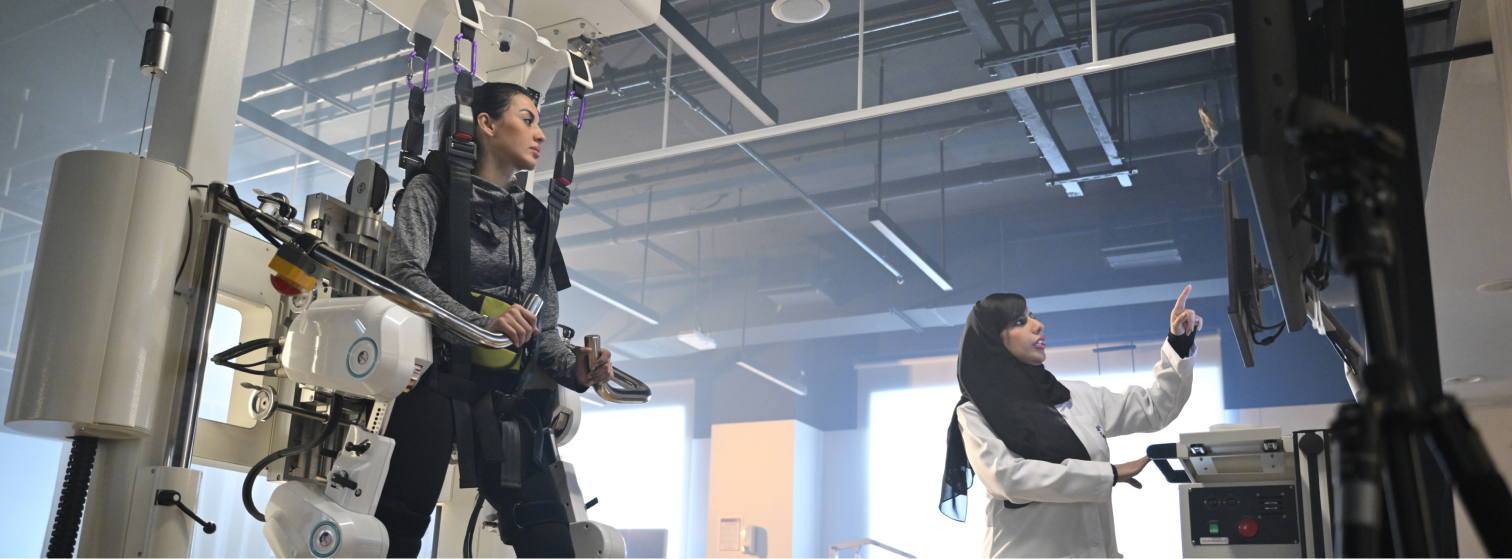
Back Pain
Comprehensive pain management and musculoskeletal rehabilitation offer a multifaceted approach to addressing pain, injury, and dysfunction in the musculoskeletal system. By integrating various therapeutic modalities, interventions, and rehabilitation techniques, this comprehensive approach aims to reduce pain, restore function, and improve quality of life for individuals with musculoskeletal conditions.
Significance of Exercise Therapy
Functional Improvement
Exercise therapy focuses on enhancing functional abilities, such as walking, lifting, bending, and reaching, to promote independence and participation in daily activities. By targeting specific movement patterns and muscle groups, exercise therapy restores mobility and improves overall physical function.
Pain Reduction
Regular participation in targeted exercises helps alleviate pain and discomfort associated with musculoskeletal injuries, chronic conditions, and degenerative disorders. Through strengthening, stretching, and conditioning exercises, exercise therapy reduces pain intensity and improves pain tolerance, leading to enhanced comfort and well-being.
Rehabilitation and Recovery
Exercise therapy plays a crucial role in the rehabilitation process, facilitating recovery from injuries, surgeries, or neurological impairments. By promoting tissue healing, restoring range of motion, and rebuilding strength and endurance, exercise therapy accelerates recovery and improves functional outcomes.
Prevention of Functional Decline
Exercise therapy serves as a preventive measure against functional decline and loss of mobility, particularly in older adults or individuals with chronic health conditions. By maintaining muscle mass, joint flexibility, and cardiovascular fitness, exercise therapy helps preserve independence and quality of life.
Long-Term Health Benefits
Regular participation in exercise therapy offers numerous long-term health benefits, including improved cardiovascular health, bone density, metabolic function, and mental well-being. By incorporating exercise into daily routines, individuals can promote overall health and vitality, reduce the risk of chronic diseases, and enhance longevity.
Approaches to Support Exercise Therapy
Comprehensive Assessment
Undergo a comprehensive evaluation by a qualified healthcare professional, such as a physical therapist or exercise physiologist, to assess your current physical status, identify any limitations or impairments, and establish specific goals for exercise therapy.
Individualized Exercise Program
Collaborate with your healthcare provider to develop a personalized exercise program tailored to your needs, preferences, and goals. This may include a combination of cardiovascular, strength training, flexibility, and balance exercises targeted to address your unique requirements.
Gradual Progression
Begin exercise therapy with gentle and low-impact activities, gradually increasing intensity, duration, and complexity as tolerated. Progression should be gradual and monitored closely to prevent injury and ensure continued improvement over time.
Proper Technique
Perform exercises with proper form and technique to maximize effectiveness and minimize the risk of injury. Your healthcare provider can provide guidance on proper exercise technique and alignment to ensure safe and effective participation in exercise therapy.
Consistency and Adherence
Commit to regular participation in exercise therapy sessions and adhere to the prescribed program to achieve optimal results. Consistency is key to realizing the full benefits of exercise therapy and maintaining long-term functional improvements.




